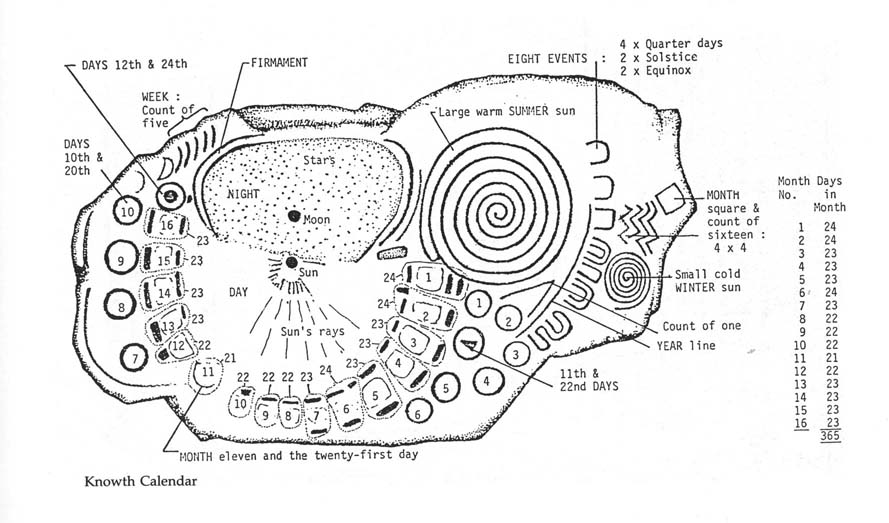Click on the batpic (courtesy David Kearney) for a little biopic:
Click on the batpic (courtesy David Kearney) for a little biopic:
For the last 10 years much of my research effort has been in the area of digital video coding, analysis and retrieval. To this end I am involved in both the Vision Systems Group and Visual Media Processing Group in the School of Electronic Engineering, and in the Centre for Digital Video Processing, a University designated research centre in DCU which is responsible for
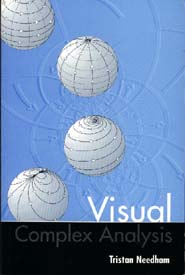
 My favourite academic book of all time is Tristan Needham's Visual complex
analysis,
OUP, 1997. I had figured out some of the basic ideas
myself beforehand, but when I read this, the scales fell from my eyes.
If you have ever puzzled over Laurent series, residues and Cauchy's
(various) theorems on complex analysis, and even if you haven't, take a
look at this. All formalists beware - it's a maths book with pictures!
If you like mathematical understanding through pictures, look up Dynamics
- the geometry of behavior by Ralph H. Abraham and Christopher D. Shaw.
(There are three volumes and they were pretty expensive the last time I
looked).
My favourite academic book of all time is Tristan Needham's Visual complex
analysis,
OUP, 1997. I had figured out some of the basic ideas
myself beforehand, but when I read this, the scales fell from my eyes.
If you have ever puzzled over Laurent series, residues and Cauchy's
(various) theorems on complex analysis, and even if you haven't, take a
look at this. All formalists beware - it's a maths book with pictures!
If you like mathematical understanding through pictures, look up Dynamics
- the geometry of behavior by Ralph H. Abraham and Christopher D. Shaw.
(There are three volumes and they were pretty expensive the last time I
looked).
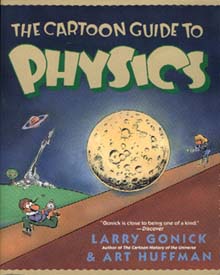
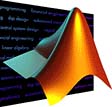 If physics is your poison, you have got to read (i.e look at) The cartoon
guide to Physics by Larry Gonick and Art Huffmann.
If physics is your poison, you have got to read (i.e look at) The cartoon
guide to Physics by Larry Gonick and Art Huffmann.
I am a major fan of Matlab for just about any type of engineering
computation prototyping, but at the moment I think it is overpriced.
Since I saw my first random dot stereogram, I have been hooked on Stereo Vision and am currently working on low-cost video speed stereo depth capture. Have a go at free-fusing the following stereo pair. You can get "cheat" glasses to do this at Reel 3-D.
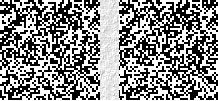

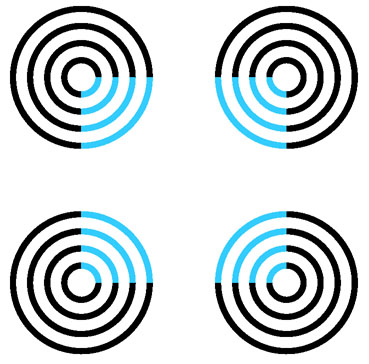 I am interested in spreading the word about Stephen
Grossberg to the Computer Vision and Video Coding communities. It would
be impossible to describe here the extent of the understanding of the human
visual system that he and his colleagues have build up over several decades,
so I am simply including two versions of the Kanisza square illusion to
act as visual mnemonics:
I am interested in spreading the word about Stephen
Grossberg to the Computer Vision and Video Coding communities. It would
be impossible to describe here the extent of the understanding of the human
visual system that he and his colleagues have build up over several decades,
so I am simply including two versions of the Kanisza square illusion to
act as visual mnemonics:
.
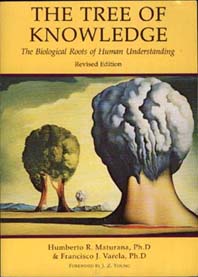
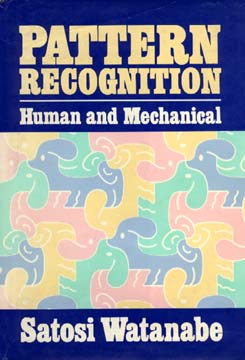 Philosophically
I am probably closest to the Autopoietic
position. A gentle introduction to the topic (or perspective) of
autopoiesis can be found in The Tree of Knowledge, The Biological Roots
of Human Understanding, by Humberto Maturana & Francisco
Varela, Shambhala, Boston, 1987. A book which was a big influence
on me when I was working on my PhD is Pattern Recognition - Human and
Mechanical, by Satosi Watanabe, Wiley, 1985.
Philosophically
I am probably closest to the Autopoietic
position. A gentle introduction to the topic (or perspective) of
autopoiesis can be found in The Tree of Knowledge, The Biological Roots
of Human Understanding, by Humberto Maturana & Francisco
Varela, Shambhala, Boston, 1987. A book which was a big influence
on me when I was working on my PhD is Pattern Recognition - Human and
Mechanical, by Satosi Watanabe, Wiley, 1985.
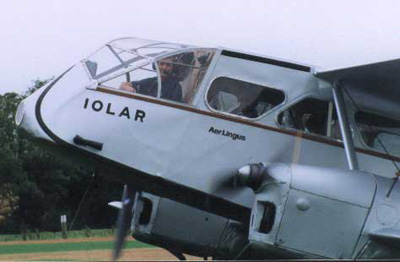 It's not possible
not to be interested in flying in our family. For example, here is
a picture of one of my brothers, Captain Pat, piloting the
Aer
Lingus Iolar at Trim Airfield.(Photo courtesy of Mary Ramsbottom).
Another brother, Oliver, keeps planes in the air for Aer Lingus
and our sister Mary puts the people onboard.
It's not possible
not to be interested in flying in our family. For example, here is
a picture of one of my brothers, Captain Pat, piloting the
Aer
Lingus Iolar at Trim Airfield.(Photo courtesy of Mary Ramsbottom).
Another brother, Oliver, keeps planes in the air for Aer Lingus
and our sister Mary puts the people onboard.
If you need to talk to me try some one of the following:
School of Electronic Engineering, Dublin City University, Dublin
9, IRELAND
Tel: +353-1-7005433, Fax: +353-1-7005508, email: murphyn@eeng.dcu.ie
And Finally ...
If you have scrolled down this far, your reward is a schematic interpretation
by N.L. Thomas of Kerb Stone 15 at the megalithic monument of Knowth,
near
Newgrange,
about 20 km further down the Boyne
Valley from Trim. (Replace the "m" sound in "mouth" by an "n" sound
and you have the pronounciation of Knowth). See Irish symbols of 3500
BC, by N.L. Thomas, Mercier Press, 1988 for the background to this
interpretation, or the
Mythical Ireland site for more information on megalithic Ireland.
